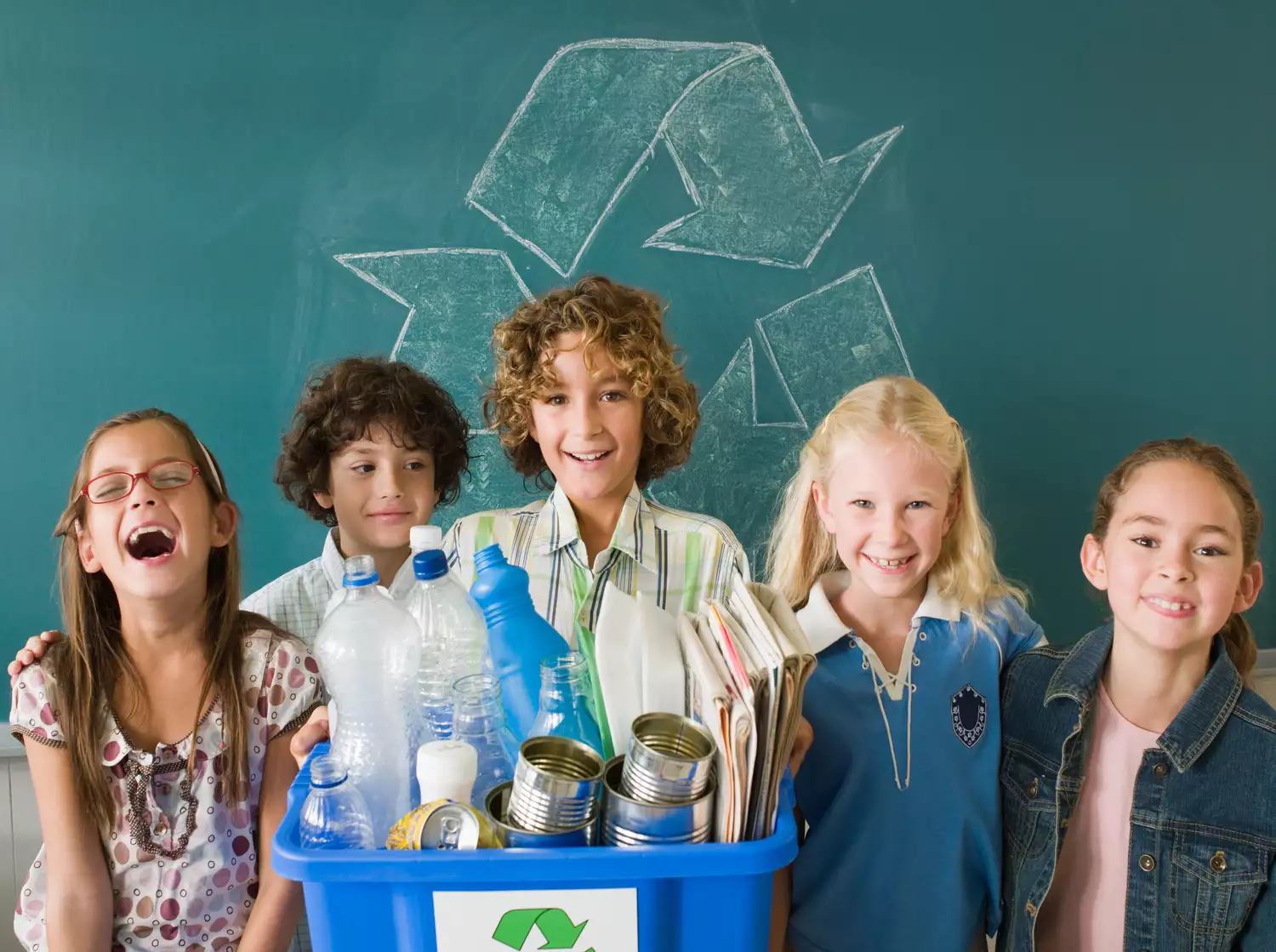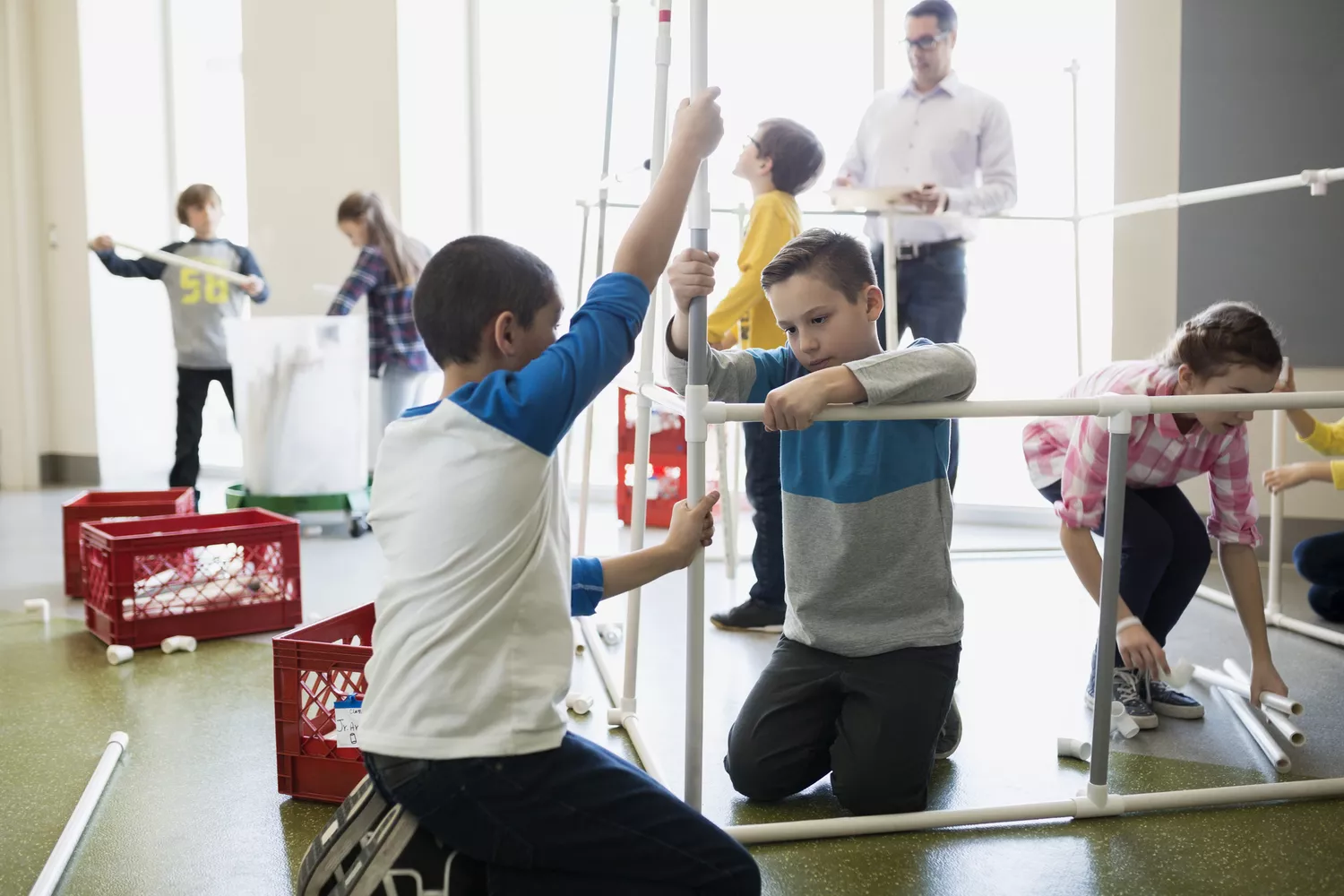
Green schools are not only environmentally friendly but also create cost savings in the kind of minimized water and energy usage. The standard for eco-friendly schools is Management in Energy and Environmental Style, a framework for building schools that meet specific benchmarks for sustainability, and an accreditation that more schools are seeking to accomplish as they upgrade existing centers and broaden their schools.
Green Schools Alliance
Many schools are taking the promise of the Green Schools Alliance to make their campuses more sustainable and to decrease their carbon footprints by 30 percent over five years. The goal is to achieve carbon neutrality. The GSA program includes 5 million trainees at more than 8,000 schools, districts, and companies from 48 U.S. states and 91 nations.
All this work by schools all over the world has actually helped the Green Cup Challenge to yield a cost savings of more than 9.7 million kW hours. Anyone can sign up with the Green Schools Alliance, however you do not need to be a part of a formal program to carry out eco-friendly practices in your school.
There are steps that moms and dads and students can take separately from their school to minimize energy usage and waste, and students and parents can also deal with their schools to determine the school’s energy use and how to minimize it with time.
Steps Parents and Students Can Take
Parents and students can likewise contribute to making their schools greener and take actions such as the following:
Motivate moms and dads and kids to utilize public transport or to walk or bike to school.
Usage carpools to bring many trainees to school together.
Reduce idling outdoors school; instead, turn off vehicle and bus engines.
Encourage the school to use buses with cleaner fuels, such as biodiesel or to start investing in hybrid buses.
During community service days, have trainees change existing incandescent light bulbs with compact fluorescents.
Ask the school to utilize eco-friendly cleansing fluids and nontoxic pesticides.
Encourage the lunchroom to avoid using plastics.
Spearhead making use of “trayless” consuming. Trainees and instructors can carry their food instead of using trays, and the lunchroom personnel won’t need to wash trays, consequently minimizing water use.
Work with upkeep personnel to put sticker labels on the paper towel and napkin dispensers advising students and teachers to use paper items moderately.
Encourage the school to sign the Green Schools Initiative.
How Schools Can Reduce Energy Usage
In addition, trainees can deal with the administration and upkeep personnel at their schools to minimize the energy usage. First, trainees can perform an audit of their school’s light and energy use and then keep an eye on the school’s energy usage on a month-to-month basis.
The Green Schools Alliance supplies students with a step-by-step plan to develop a job force and lower carbon emissions over a recommended two-year schedule. Their valuable tool kit provides actions schools can take such as utilizing daytime instead of overhead lighting, weatherizing doors and windows, and setting up Energy Star appliances.
Informing the Community
Developing a greener school needs informing the neighborhood about the significance of minimizing carbon emissions and living more environmentally sustainable lives. Notify yourself about what other schools are doing to end up being greener. Riverdale Country Day School in New York City has actually set up an artificial playing field made up of cork and coconut fiber that saves millions of gallons of water per year.
Other schools use classes in living environmentally conscious lives, and their lunchrooms offer regional produce that is shipped much shorter distances, thus lowering energy use. Students may be more motivated to make their school greener when they are aware of what comparable schools are doing.
Find a method to interact frequently to your school about what you are doing to lower energy use through newsletters or a page on your school’s site. Get people involved in taking and fulfilling the objectives of the Green Schools Alliance to minimize carbon emissions over 5 years.




